The Ultimate Guide to Growing Autoflowering Cannabis: A Comprehensive Step-by-Step Guide
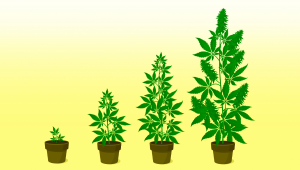
- 1. Introduction
- 2. Choosing the right autoflowering cannabis seeds
- 3. Optimal growing conditions
- 3. a. Soil and nutrients
- 3. b. Lighting
- 3. c. Watering
- 3. d. Temperature and humidity
- 4. Germination and planting
- 5. Vegetative and flowering stages
- 6. Harvesting, drying, and curing
- 7. Common problems and solutions
- 8. Additional tips for success
- 9. Advanced growing techniques
- 10. Harvesting techniques
- 11. Final thoughts
Introduction
Welcome to the ultimate guide for growing autoflowering cannabis. This comprehensive step-by-step guide will provide you with all the information you need to successfully cultivate autoflowering cannabis plants from seed to harvest. Whether you're a novice or an experienced grower, our expert tips and detailed explanations will ensure you produce a bountiful harvest with ease.
Choosing the Right Autoflowering Cannabis Seeds
Before you begin growing autoflowers, it's essential to choose the right seeds. With numerous strains available, it's important to consider factors such as flowering time, yield potential, and desired effects. To help you make an informed decision, consider the following aspects when selecting your seeds:
Flowering Time
Autoflowering strains typically complete their life cycle in 8-12 weeks. Some strains may finish earlier, while others take longer. Be sure to choose a strain with a flowering time that suits your needs and preferences.
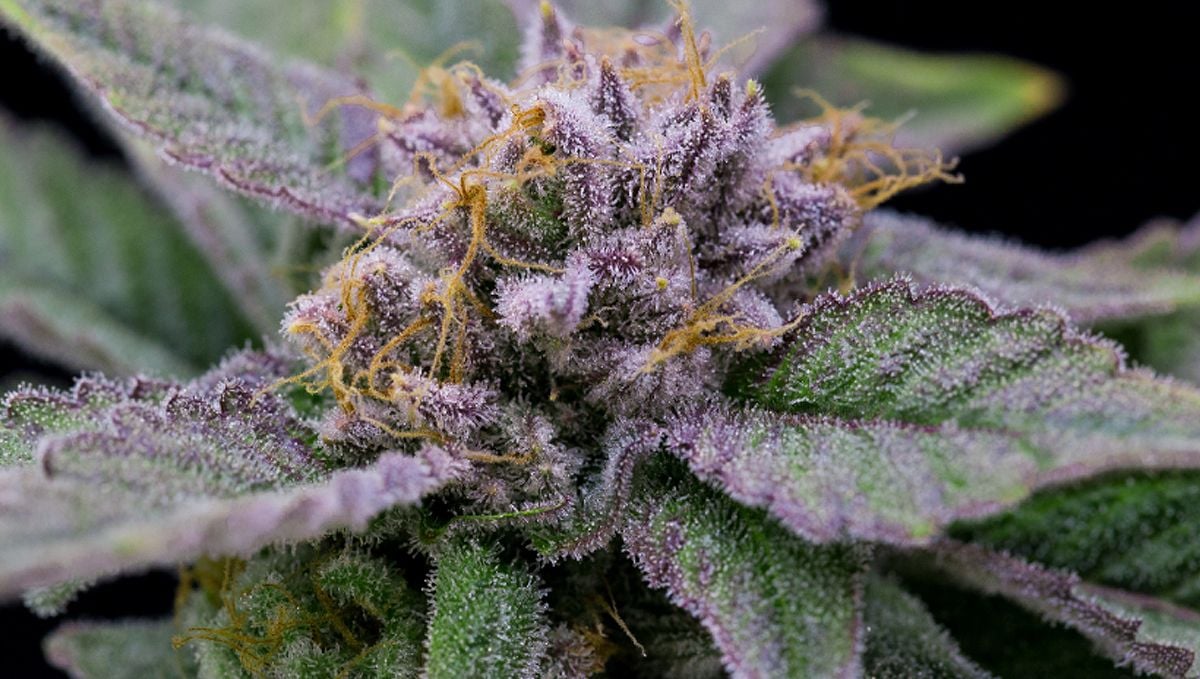
Yield Potential
Yield potential is an important consideration for most growers. Look for strains that produce high yields while maintaining the desired effects and potency.
Desired Effects
Each strain offers unique effects, ranging from energizing and uplifting to relaxing and sedating. Research different strains and choose one that aligns with your personal preferences or medical needs.
Growing Difficulty
Some strains are more challenging to grow than others. If you're a beginner, opt for strains that are easy to cultivate and resistant to pests and diseases.
Optimal Growing Conditions
Creating the ideal environment for your autoflowering cannabis plants is crucial for a successful harvest. The following sections will guide you through the essential factors to consider when setting up your grow space.
Soil and Nutrients
When growing autoflowering cannabis, it's crucial to choose the right soil and provide the necessary nutrients. Consider the following guidelines when selecting your growing medium and nutrients:
Soil
Choose a well-aerated, light, and fluffy soil mix that allows for optimal root development. Look for soil mixes containing perlite, coco coir, or peat moss, as these materials promote drainage and prevent root rot.
Nutrients
Autoflowering plants require a balanced nutrient profile consisting of macronutrients (nitrogen, phosphorus, and potassium) and micronutrients (calcium, magnesium, iron, and others). Use specialized cannabis nutrients to ensure your plants receive the right balance of nutrients throughout their life cycle. Follow the feeding schedule provided by the nutrient manufacturer, but be prepared to adjust it based on your plants' needs. Remember, autoflowering strains generally require less nitrogen than photoperiod strains, especially during the flowering stage.
Lighting
Lighting plays a crucial role in the growth and development of autoflowering cannabis plants. Consider the following guidelines when selecting and setting up your lighting system:
Light Spectrum
Autoflowering plants thrive under a full spectrum of light, which mimics natural sunlight. High-quality LED grow lights are recommended, as they provide the full spectrum of light and are energy-efficient.
Light Schedule
Autoflowering plants do not rely on specific light cycles to initiate flowering, unlike photoperiod strains. Therefore, they can be exposed to a constant light schedule of 18-24 hours of light per day throughout their life cycle.
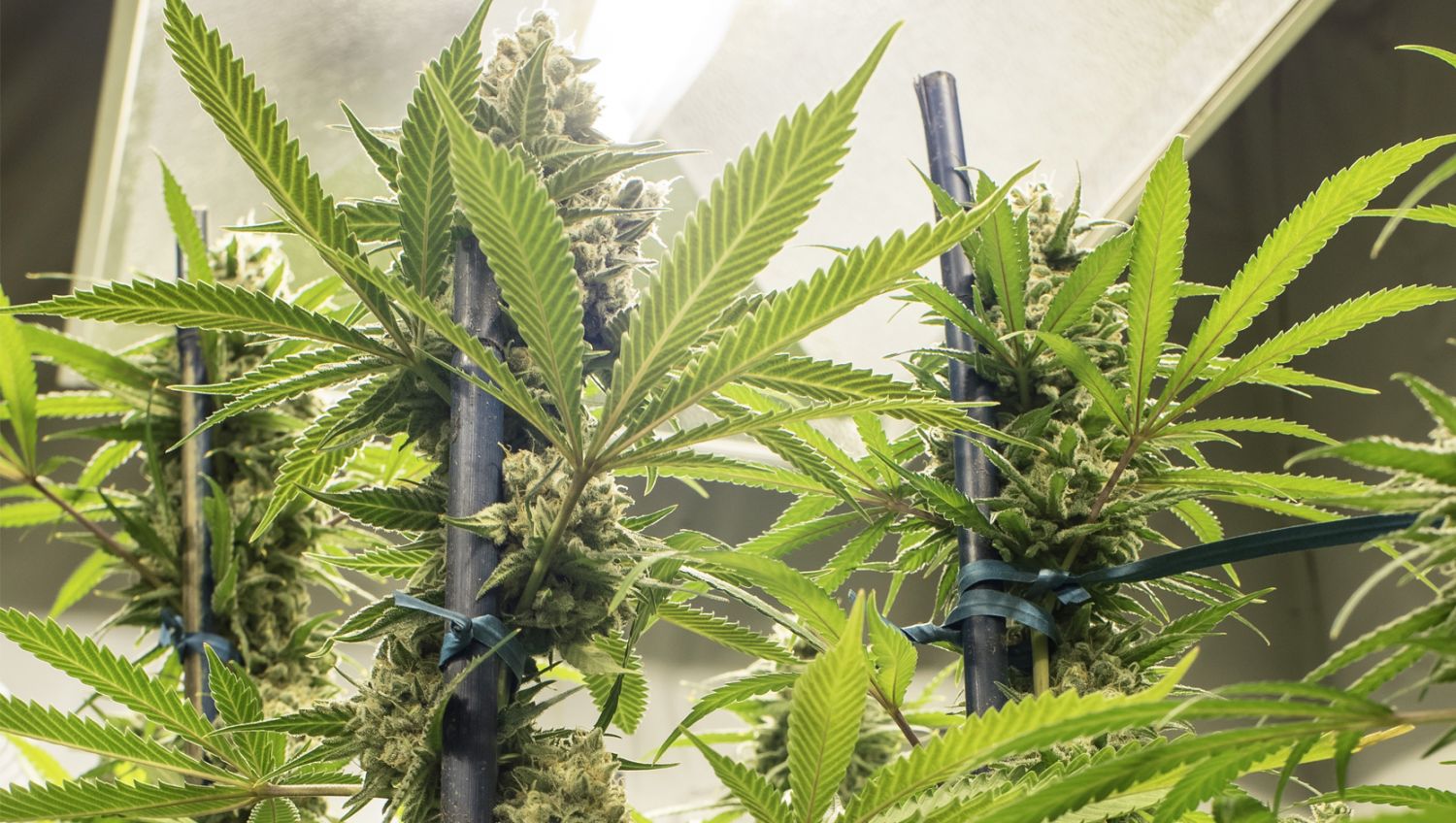
Generally, providing 18-20 hours of light per day is sufficient, with 6-4 hours of darkness allowing for some energy conservation and plant rest.
Light Intensity
Ensure your plants receive adequate light intensity by adjusting the distance between the light source and the plant canopy. Too much light intensity can cause light stress and bleaching, while insufficient intensity can lead to slow growth and weak plants. Follow the manufacturer's guidelines for optimal light height and adjust as needed throughout the grow.
Watering
Proper watering is essential for healthy autoflowering cannabis plants. Over-watering can lead to root rot, while under-watering can cause nutrient deficiencies and slow growth. Keep the following tips in mind when watering your plants:
Watering Frequency
Water your plants when the top inch of the soil is dry to the touch. The frequency of watering will depend on factors such as pot size, plant size, and environmental conditions. Be prepared to adjust your watering schedule as your plants grow and develop.
Watering Techniques
Water your plants slowly and evenly, allowing the water to be absorbed by the soil and reach the roots. Avoid over-watering, which can lead to waterlogged soil and root rot. Instead, aim to keep the soil consistently moist but not soggy.
Temperature and Humidity
Maintaining optimal temperature and humidity levels is crucial for the health and productivity of your autoflowering cannabis plants. Follow these guidelines to create the ideal environment for your plants:
Temperature
Autoflowering cannabis plants thrive in temperatures between 68-77°F (20-25°C). Ensure that your grow space maintains a consistent temperature within this range for optimal growth and development. Be cautious of extreme temperature fluctuations, as they can stress your plants and negatively impact their growth.
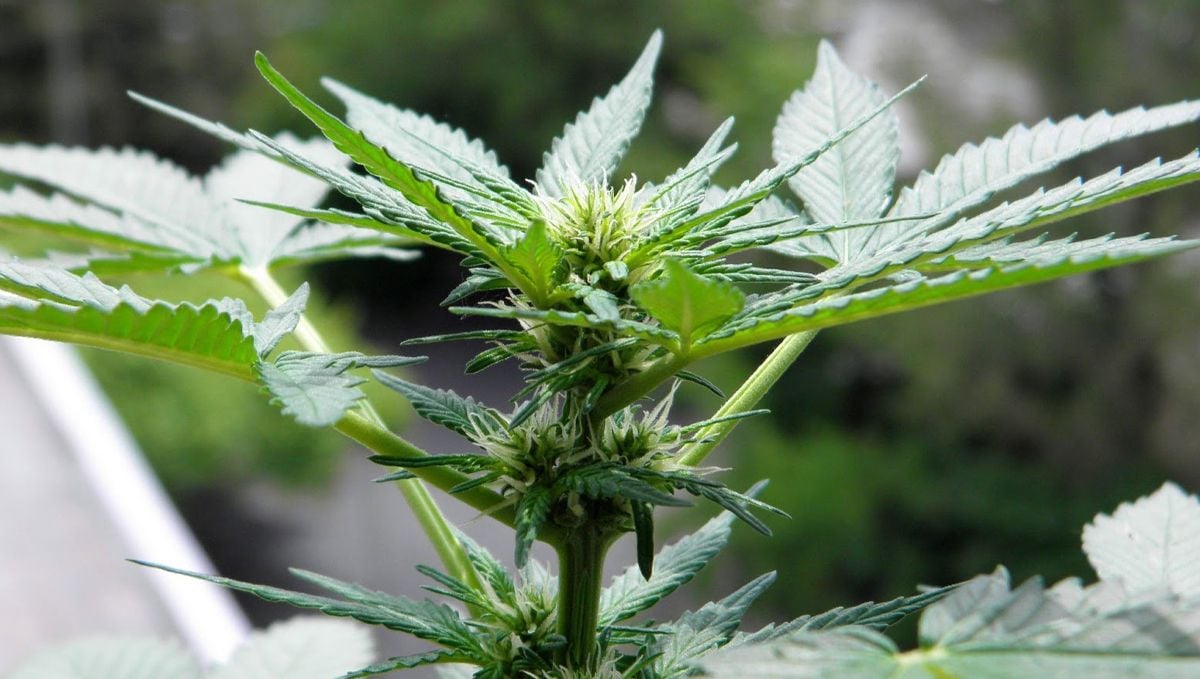
Humidity
Maintain relative humidity levels between 40-60% throughout the entire grow cycle. During the seedling stage, higher humidity levels (60-70%) can be beneficial, while lower humidity levels (40-50%) are recommended during the flowering stage to prevent mold and mildew.
Germination and Planting
To successfully grow autoflowering cannabis plants, you must first germinate your seeds and plant them properly. Follow these steps to ensure a successful start to your grow:
Germination Methods
There are several methods to germinate cannabis seeds, including the paper towel method, soaking in water, and direct planting. Choose the method that works best for you and follow these guidelines:
Paper Towel Method
- Moisten a paper towel and wring out any excess water.
- Place your seeds on the paper towel, spacing them evenly.
- Fold the paper towel over the seeds, creating a moist environment for germination.
- Place the folded paper towel in a plastic bag or container, leaving it slightly open for air exchange.
- Keep the container in a warm, dark place with a temperature between 70-80°F (21-27°C).
- Check your seeds daily for signs of germination, which usually occurs within 24-72 hours. Once the taproot emerges, your seeds are ready to be planted.
Soaking in Water
- Fill a glass or container with lukewarm water.
- Place your seeds in the water, ensuring they are fully submerged.
- Allow your seeds to soak for 12-24 hours in a warm, dark place with a temperature between 70-80°F (21-27°C).
- Once the taproot emerges, your seeds are ready to be planted.
Direct Planting
- Fill your pots with the chosen soil mix, leaving about an inch of space from the top.
- Create a small hole (approximately 0.5 inches deep) in the center of the soil.
- Place your seed in the hole, taproot side down if germinated using another method.
- Gently cover the seed with soil, lightly pressing down to ensure proper contact.
Planting and Initial Care
After germinating your seeds, it's time to plant them and provide the necessary care for a strong start:
- Water the planted seeds gently, ensuring the soil is moist but not waterlogged.
- Provide a consistent temperature of 68-77°F (20-25°C) and a humidity level between 60-70%.
- Position your grow lights 18-24 inches above the seedlings to avoid light stress, adjusting the distance as your plants grow.
- Monitor your seedlings daily for signs of growth, nutrient deficiencies, or pests and diseases, addressing any issues promptly.
Vegetative and Flowering Stages
As your autoflowering cannabis plants grow, they will transition through the vegetative and flowering stages. During these stages, your plants require different care and attention to ensure a successful harvest:
Vegetative Stage
The vegetative stage is characterized by rapid growth and the development of leaves, stems, and branches. To support this growth, consider the following guidelines:
- Provide 18-20 hours of light per day, maintaining a consistent light schedule.
- Ensure optimal temperature and humidity levels (68-77°F/20-25°C and 40-60% relative humidity).
- Monitor your plants for signs of nutrient deficiencies, adjusting your feeding schedule as needed.
- Train your plants using low-stress training techniques, such as LST (the tie-down method) or SCROG, to promote an even canopy and maximize light penetration.
Flowering Stage
The flowering stage begins when your autoflowering plants start producing buds and continue until harvest. To ensure optimal bud development, follow these guidelines:
- Continue providing 18-20 hours of light per day, maintaining a consistent light schedule.
- Ensure optimal temperature and humidity levels (68-77°F/20-25°C and 40-50% relative humidity).
- Switch to bloom-specific nutrients, which are higher in phosphorus and potassium, to support bud development.
- Avoid high-stress training techniques during the flowering stage, as they can negatively impact bud development and yield.
- Monitor your plants for signs of pests and diseases, addressing any issues promptly to protect your buds.
Harvesting, Drying, and Curing
Once your autoflowering cannabis plants have reached maturity, it's time to harvest, dry, and cure your buds. Following the proper techniques will ensure the best possible quality, potency, and flavor of your final product.
Harvest Timing
Determining the optimal time to harvest your plants is crucial for maximizing potency and yield. Look for the following signs to determine when your plants are ready for harvest:
- Pistil color: Harvest when 70-90% of the pistils have changed from white to brown or red.
- Trichome color: Using a magnifying glass or microscope, examine the trichomes on your buds. Harvest when most trichomes have turned from clear to milky white, with some turning amber.
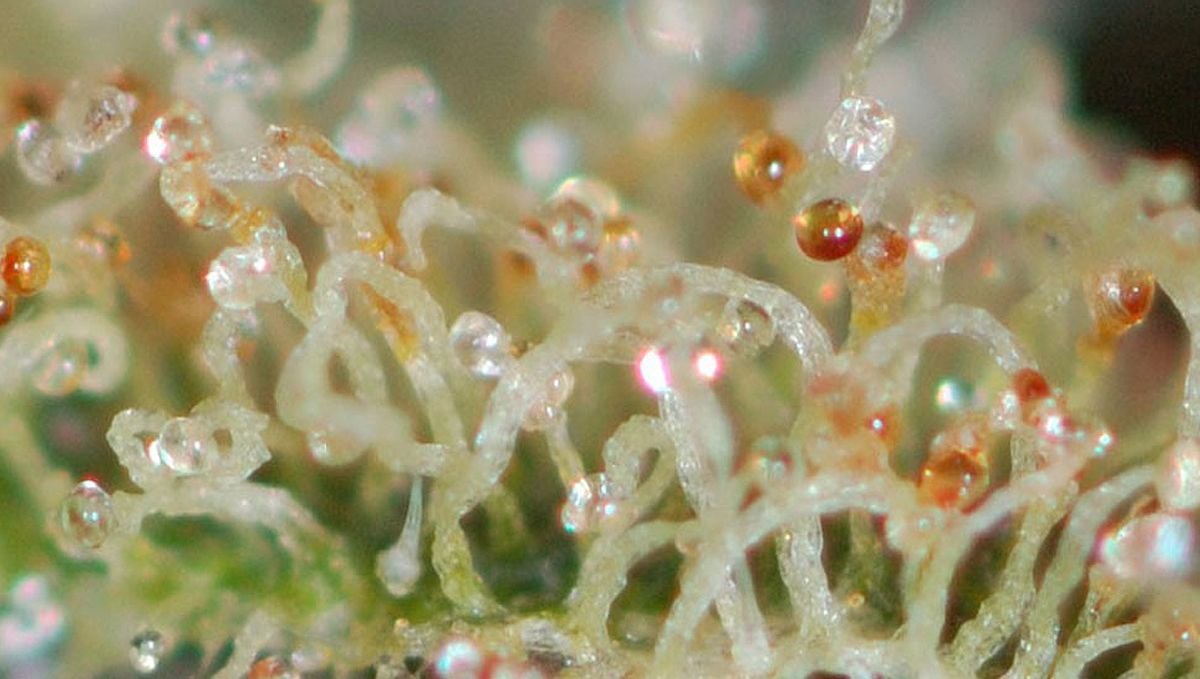
Harvesting
Follow these steps to harvest your autoflowering cannabis plants:
- Using sharp, clean scissors or pruning shears, cut the branches from the main stem.
- Remove the large fan leaves from the branches.
- Trim the sugar leaves, either wet or dry, depending on your preference and drying conditions.
- Hang the trimmed branches in a dark, well-ventilated room with a temperature of 60-70°F (15-21°C) and a relative humidity of 55-60%.
Drying
Proper drying is essential for preserving the quality and flavor of your cannabis buds. Follow these guidelines for optimal drying:
- Allow your buds to dry for 7-14 days, depending on the size of the buds and environmental conditions.
- Monitor the drying process daily, checking for signs of mold or mildew.
- Your buds are ready for curing when the stems snap rather than bend when bent.
Curing
Curing your cannabis buds further enhances their flavor, potency, and overall quality. Follow these steps to cure your buds:
- Remove the buds from the branches and place them in airtight containers, such as glass jars or plastic containers.
- Fill the containers ¾ full, allowing room for air circulation.
- Store the containers in a cool, dark place, maintaining a temperature of 60-70°F (15-21°C), aiming for a relative humidity inside the jar of 58-62%.
- Open the containers daily for the first two weeks, allowing fresh air to enter and excess moisture to escape until the relative humidity in the jar stays in the range recommended above.
- Continue curing your buds for a minimum of 2-4 weeks. For optimal results, cure your buds for 6-8 weeks or longer.
Common Problems and Solutions
Growing autoflowering cannabis plants can sometimes present challenges. This section will help you identify and address common issues that may arise during your grow.
Nutrient Deficiencies and Toxicities
Nutrient deficiencies and toxicities can cause various symptoms, such as yellowing leaves, stunted growth, and poor bud development. To address these issues, monitor your plants closely and adjust your feeding schedule and nutrient concentrations as needed. Use a pH meter to check the pH of your water and nutrient solution, ensuring it falls within the optimal range for cannabis (5.5-6.5 for hydroponic systems and 6.0-7.0 for soil). If necessary, use pH up or down products to adjust the pH levels.
Pests and Diseases
Pests and diseases can damage your autoflowering cannabis plants and reduce your yield. Some common pests include spider mites, aphids, and whiteflies, while common diseases include powdery mildew and bud rot. To prevent and treat these issues, follow these guidelines:
- Maintain a clean grow space, removing dead plant material and debris.
- Monitor your plants daily for signs of pests and diseases.
- Implement preventative measures, such as neem oil or insecticidal soap, to keep pests at bay.
- Treat infestations and diseases promptly using targeted treatments, such as biological controls or fungicides.
- Avoid over-watering and maintain proper humidity levels to reduce the risk of mold and mildew.
Environmental Stress
Environmental stress, such as extreme temperatures, fluctuating humidity, and inadequate light, can negatively impact the growth and yield of your autoflowering cannabis plants. To minimize environmental stress, follow these guidelines:
- Maintain optimal temperature and humidity levels in your grow space (68-77°F/20-25°C and 40-60% relative humidity).
- Provide consistent light schedules and intensity for your plants.
- Monitor and adjust environmental conditions as needed to ensure a stable growing environment.
- Avoid excessive light intensity or prolonged exposure to heat, as this can cause light stress and bleaching.
Additional Tips for Success
To further enhance your autoflowering cannabis grow, consider implementing the following tips and techniques:
Select High-Quality Genetics
Choose reputable seed banks and high-quality autoflowering cannabis strains to ensure a successful grow. Select strains with desirable traits, such as high yields, THC or CBD content, terpene profile and suitable growth characteristics for your grow space.
Optimize Your Grow Space
Create an efficient and organized grow space to facilitate a smooth grow. Ensure proper ventilation, temperature, and humidity control to maintain a stable growing environment. Choose suitable grow lights, such as LEDs or HPS/MH lights, to provide sufficient light intensity and spectrum for your plants.
Use Quality Soil and Nutrients
Invest in quality soil or growing medium, as well as cannabis-specific nutrients, to provide your plants with the necessary nutrients for optimal growth. Regularly monitor and adjust nutrient concentrations and pH levels to ensure your plants receive the right nutrients at the right time.
Monitor and Adjust
Regularly monitor your plants and growing environment, adjusting your care practices as needed to ensure a successful grow.
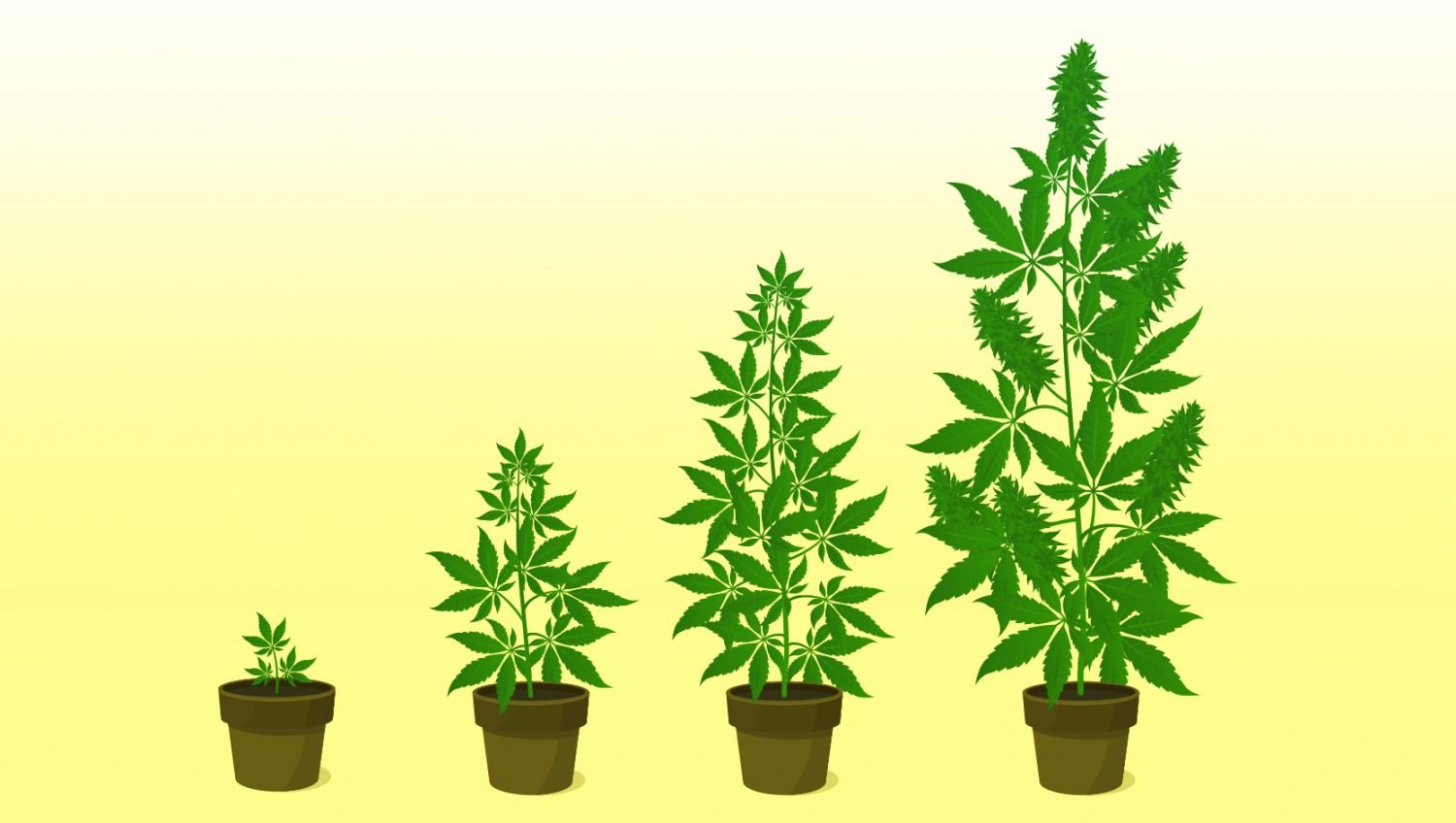
Be prepared to address issues, such as pests, diseases, or environmental stress, to protect your plants and maximize your yield.
Educate Yourself
Continuously seek knowledge and stay informed about best practices, new techniques, and industry trends to improve your growing skills. Join online forums, read articles, and engage with other growers to expand your knowledge and enhance your autoflowering cannabis grow.
Make sure to check forums for additional tips and strategies for a successful autoflowering cannabis grow. By implementing these tips, you can further optimize your grow and achieve the best possible results.
Advanced Growing Techniques
Implementing advanced growing techniques can help maximize the potential of your autoflowering cannabis plants. These methods can improve yield, potency, and overall plant health. Here are some advanced techniques to consider:
Training Techniques
Training techniques can increase light penetration and create an even canopy, leading to more consistent growth and improved yields. Some popular training techniques include:
Low-Stress Training (LST)
Low-Stress Training involves gently bending and securing branches to promote horizontal growth and create an even canopy. This method increases light penetration and can improve yields without causing significant stress to the plant.
Screen of Green (SCROG)
The Screen of Green technique involves placing a horizontal screen above the plants and weaving their branches through the screen as they grow. This creates an even canopy, allowing for better light distribution and potentially increasing yields.
Topping and Fimming
Topping and Fimming are high-stress training techniques that involve cutting the main stem or top of the plant to encourage lateral growth and bushier plants. While these methods can be effective, they may also cause significant stress to autoflowering plants and are not recommended for inexperienced growers.
CO2 Supplementation
Adding supplemental CO2 to your grow space can enhance plant growth and increase yields as long as you’re able to provide +1000 PPFD. To effectively supplement CO2, follow these guidelines:
- Maintain CO2 levels between 1,200-1,500 ppm during the vegetative and flowering stages.
- Ensure proper ventilation and air exchange to prevent CO2 buildup.
- Monitor and adjust CO2 levels as needed to maintain optimal concentrations.
Supplemental Lighting
Supplemental lighting, such as side lighting or light movers, can improve light distribution and penetration, potentially increasing yields. Some options to consider include:
- Side lighting: Position additional lights on the sides of your plants to supplement the main light source and improve light penetration.
- Light movers: Install light movers to distribute light more evenly and cover a larger area, reducing the risk of hotspots and light stress.
Harvesting Techniques
Implementing proper harvesting techniques can help preserve the quality and potency of your cannabis buds.
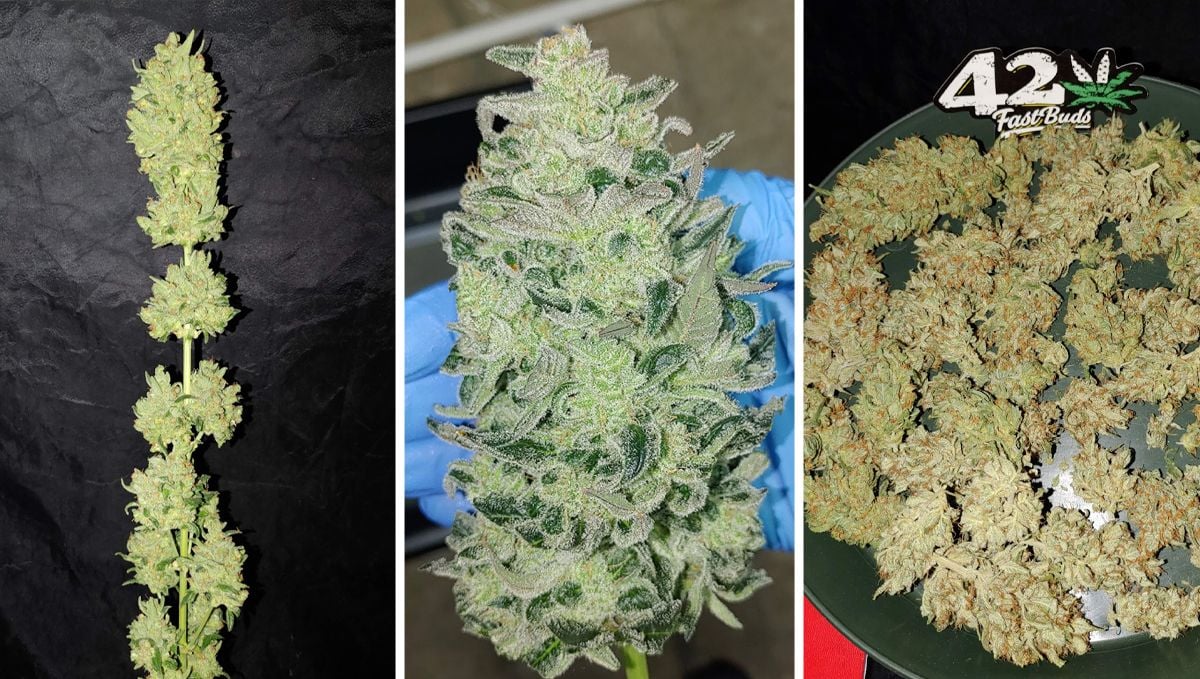
Here are some harvesting techniques to consider:
Staggered Harvest
A staggered harvest involves harvesting the top buds first, allowing the lower buds to continue maturing and receive more light. This technique can improve overall yields and potency.
Flushing
Flushing your plants by providing plain water without nutrients for 1-2 weeks before harvest can help remove excess nutrients and improve the taste and smoothness of your final product.
Dark Period
Providing your plants with a prolonged dark period (24-48 hours) before harvest can help improve potency and overall bud quality. This technique is believed to increase resin production and enhance terpene profiles.
Final Thoughts
Growing autoflowering cannabis plants can be a rewarding and enjoyable experience, resulting in potent and high-quality buds. By following the guidelines outlined in this article, you can successfully grow autoflowering cannabis plants from seed to harvest. Pay close attention to your plant's needs, adjust your care practices as necessary, and enjoy the fruits of your labor. The above mermaid diagram outlines the key stages of growing autoflowering cannabis plants. By understanding and mastering each stage, you can optimize your grow and produce a bountiful harvest of high-quality cannabis buds. Happy growing!








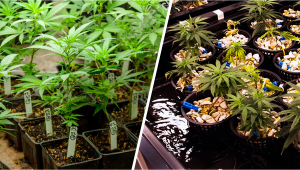
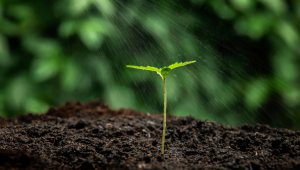
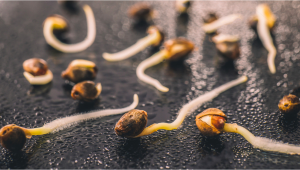
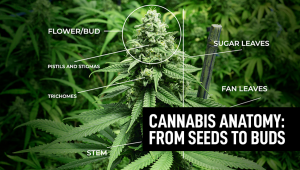
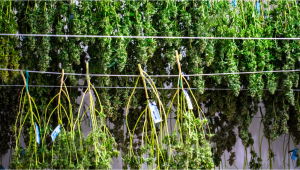
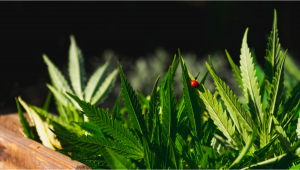
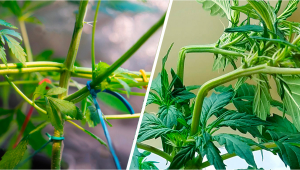


Comments